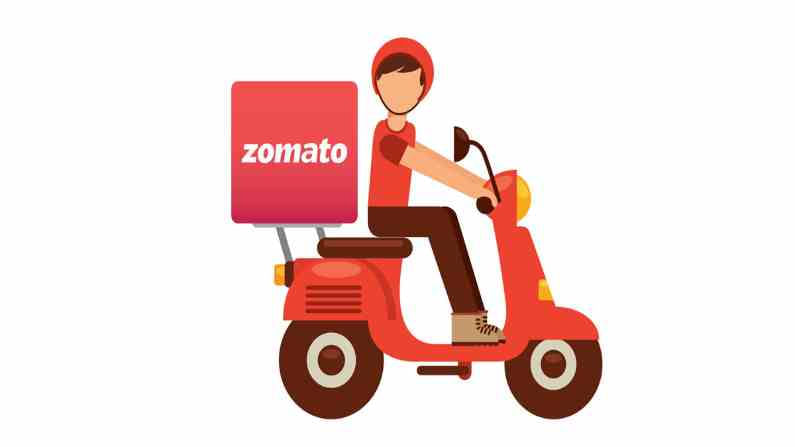Money chasing Zomato IPO can fund country's health, education budgets
The Rs 2.09 lakh crore that investors have put in could have built about 15,000 km of six-lane highway or bought 127 Rafale fighter jets

The application money that has been put in by investors to get shares of food aggregator Zomato stands at Rs 2.09 lakh crore. If you thought, that’s quite a mind-boggling number, you haven’t yet considered what can one buy if one has this amount in one’s pocket. At Rs 1,638.88 crore apiece, India could have bought 127 Rafale fighter jets with this money. The country bought only 36 of these machines for Rs 59,000 crore. According to the National Highway Authority of India, building a six-lane highway costs about Rs 14 crore a km. If Zomato IPO chasers wanted to, they could have built 14,928 km of six-lane highway inclusive of the land cost.
Switch to four-lane highway and the cost drops to Rs 9 crore per km and 23,222 km of such roads could have been brought with the money investors have put in to buy the shares of the food-aggregator.
The average cost of generating 1 MW of solar power is around Rs 4.5 crore. At this rate, Rs 2.09 lakh crore could generate about 46,444 MWs of electricity without a carbon footprint.
Food subsidy bill
If Union Finance Minister Nirmala Sitharaman could lay her hands on this pool, she could have easily done the following things in this financial year:
Pay 86% of the Rs 2.42 lakh crore food subsidy bill. With the Centre distributing free foodgrain to about 80 crore people between May and November this year, funding the food subsidy bill is a challenge to the government.
Foot the entire allocation of both education (budget estimate: Rs 93,224 crore) and health (Rs 73,932 crore) for the entire year and still have Rs 42,000 crore left.
Five flagship schemes
Consider what the money can do to some of the flagship programmes of the country.
The expenditures budgeted for FY22 is Rs 73,000 crore under Mahatma Gandhi National Rural Employment Guarantee Scheme, Rs 65,000 crore for Pradhan Mantri Kisan Samman Nidhi Yojana, Rs 27,500 crore for Pradhan Mantri Awas Yojana, Rs 24,114 crore for Integrated Child Development Programme and Rs 15,000 crore for Pradhan Mantri Gram Sadak Yojana.
Together these five schemes that take care of rural employment, cash assistance to small farmers, housing for the poor, child welfare and construction of rural roads account for Rs 2.04 lakh crore.
The Zomato IPO kitty can fund these five programmes and yet have more than Rs 5,000 crore to spare that can finance almost half of the mid-day meal expenditure which is projected at Rs 11,500 crore in this financial year.
Apart from defence and consumer affairs, food and public distribution, the allocations for all ministries are well below Rs 1.7 lakh crore.
State expenditure
Let’s turn to the states.
Had the Zomato IPO subscribers wished, they could have almost paid the entire expenditure of the budget of the Kerala government. For FY22, it has budgeted a total expenditure of Rs 2.14 lakh crore.
The money chasing the IPO is 97.66% of the Kerala budget for this year. Or, it could have met 95.87% of the total expenditure of the Nitish Kumar government in Bihar (Rs 2.18 crore) or 91.26% of that of Andhra Pradesh government or 90.47% of that of Telangana government (Rs 2.31 lakh crore). The size of the Madhya Pradesh government budget is Rs 2.41 lakh crore.
The budget for the Captain Amrinder Singh government in Punjab for FY22 is only Rs 1.68 lakh crore or just four-fifths of the Zomato pitch amount.
The budgets for Odisha (Rs 1.7 lakh crore), Jharkhand (Rs 0.91 lakh crore), Delhi (Rs 0.69 lakh crore) not to speak of the smaller states are far smaller than the Zomato’s Rs 2.09 lakh crore.